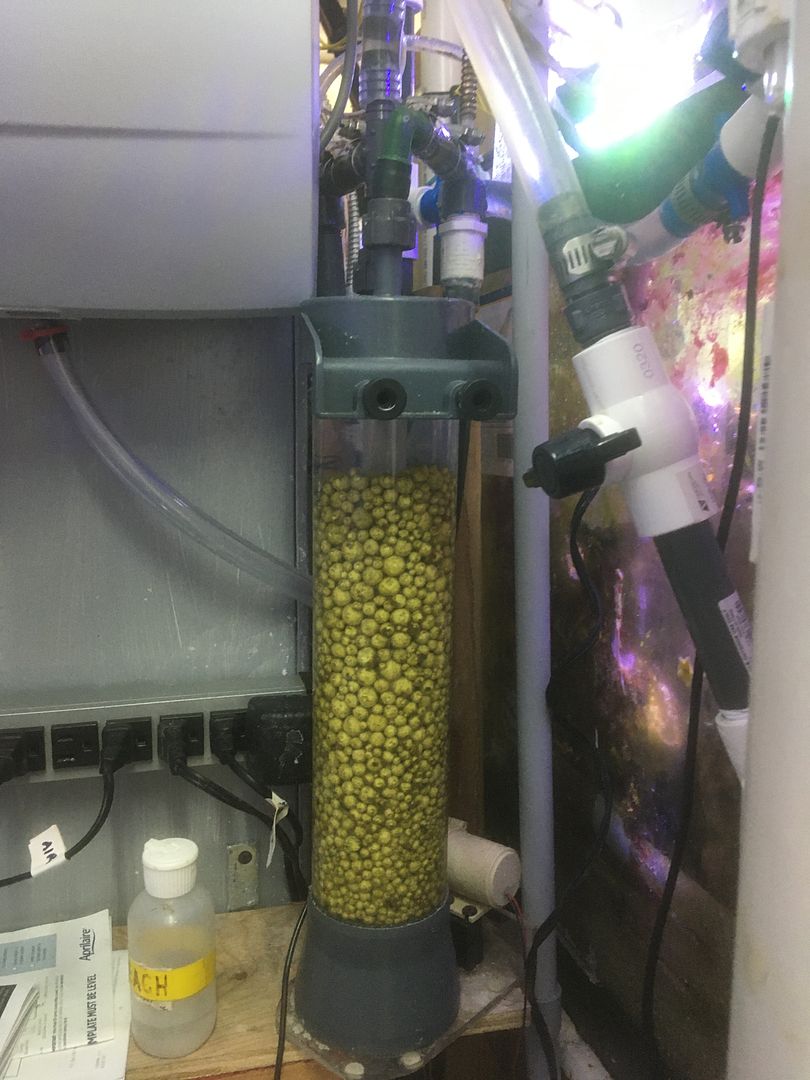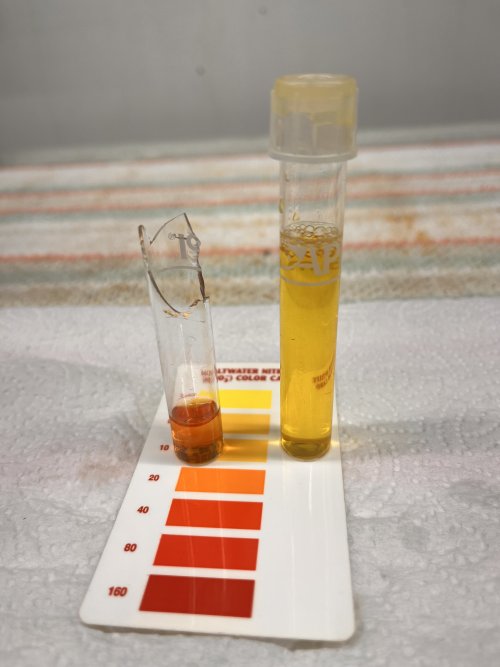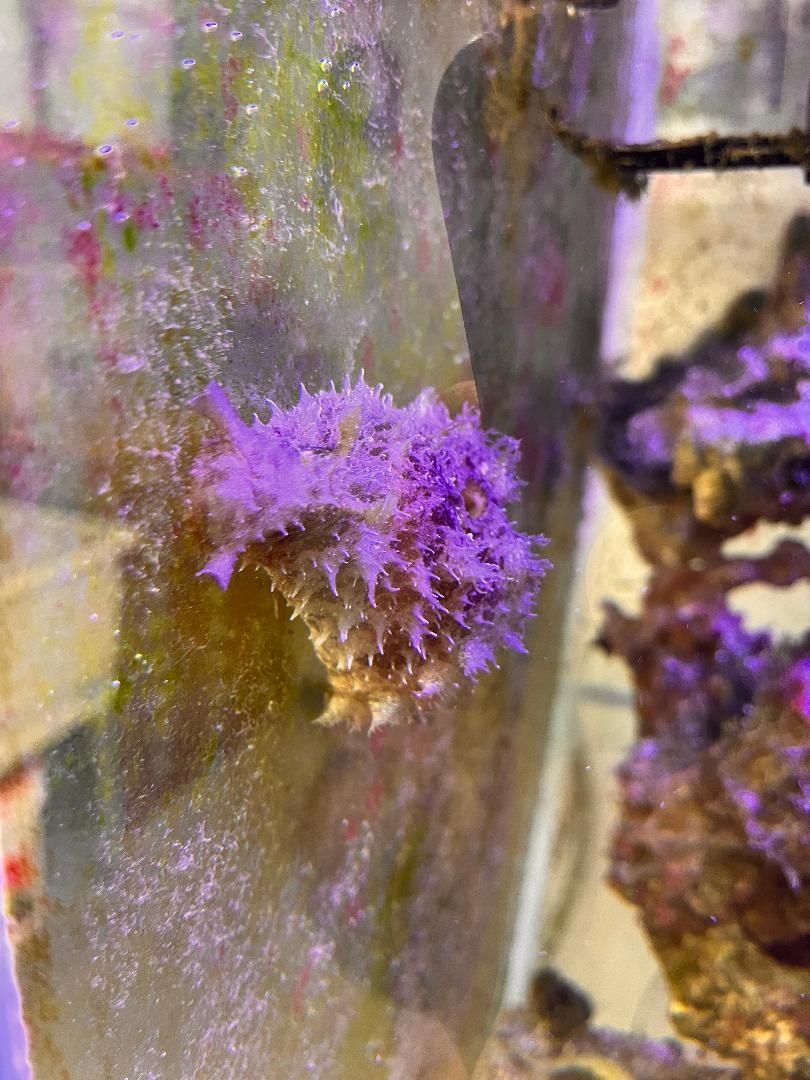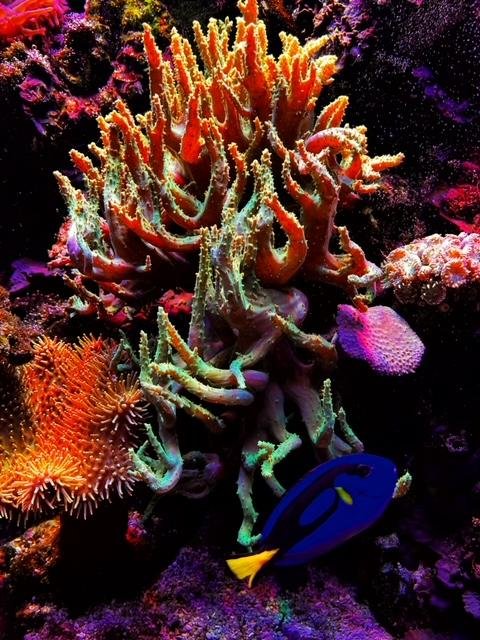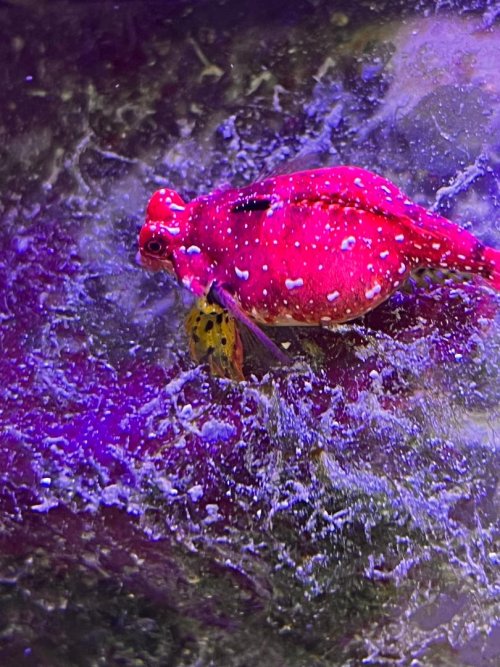Paul B
NJRC Member
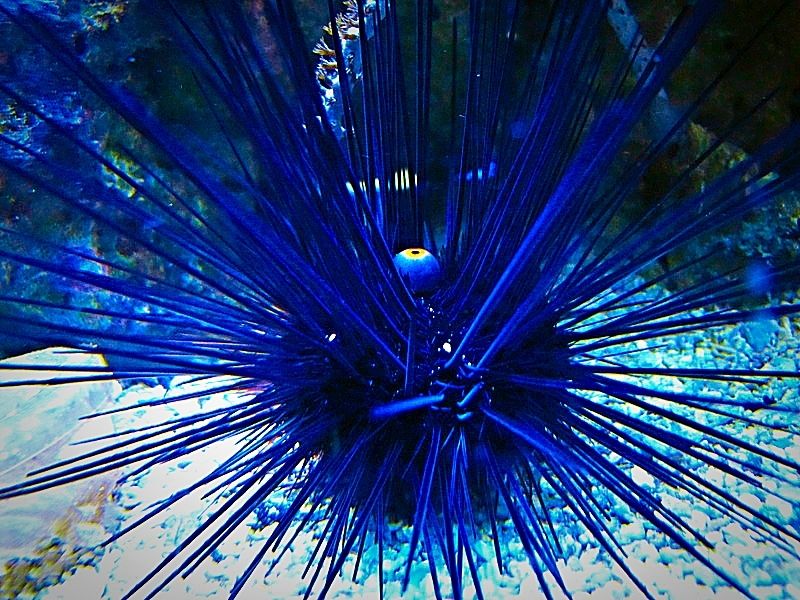
I think my long spine urchin may be nearing the end of his life. He is in the front of the tank now and he never goes there in the day time. He lost a couple of spines and I just gave him a piece of clam, his favorite food and he pushed it away. Normally he would make short work of it.
He is about 12 years old and I don't think I ever kept one longer than that so that may be their lifespan. I doubt I can find that information on Google . Maybe he just has a headache....Even though he doesn't have a head.



